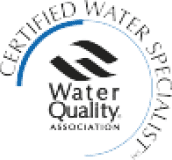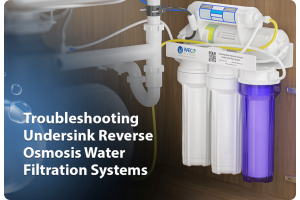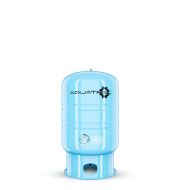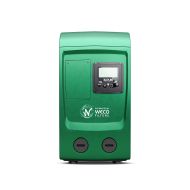Deep Water Well Sanitizing
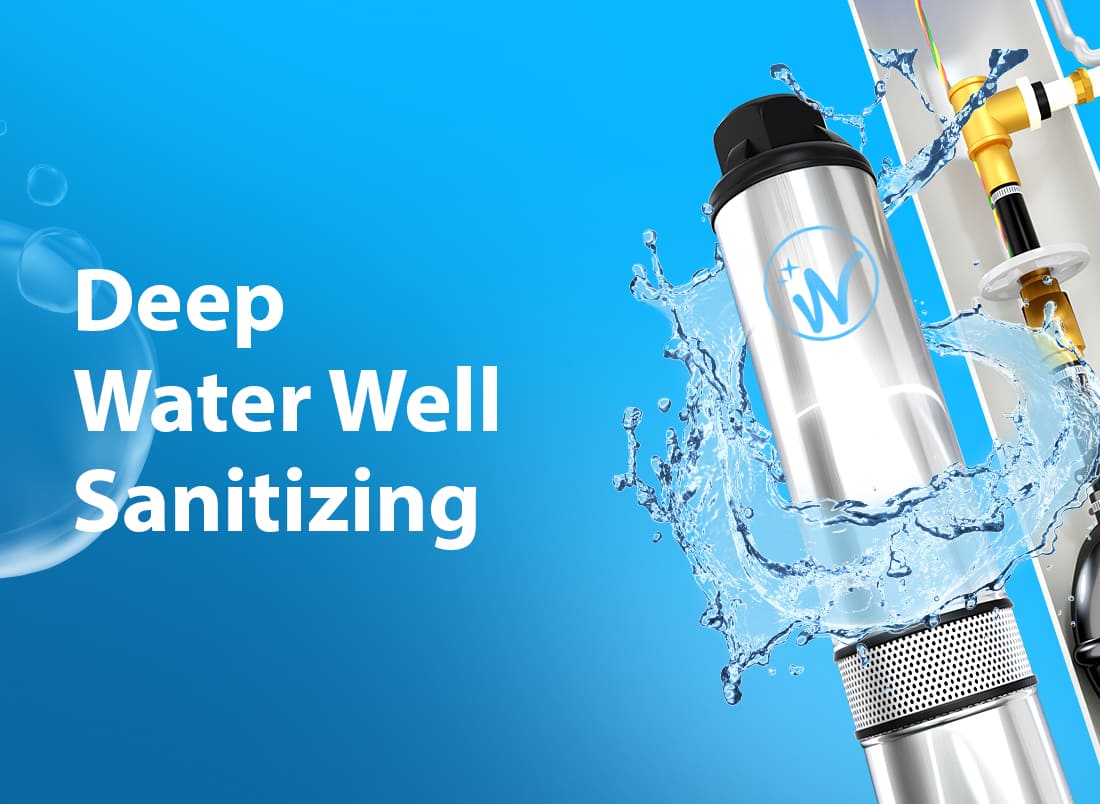
Following certain situations, such as floods or other means of contamination, a home well will require a good cleaning. Below is listed a link to a good process for cleaning your home well and plumbing.
To begin sanitizing the well, you will need a hose spigot and a hose to circulate water and cleaning agents through the well casing. As you move the hose into position, use the water to flush the casing. Add vinegar and bleach, one at a time, to the top of the well. The flushing is mostly limited to the area above the pump (area A), as pictured. Area B sits below the pump and lacks significant flow. In wells with at least a 5-inch casing, cleansing pellets that reach the bottom of the well may be used. Typically, with a large casing, the pellets will be used in addition to a higher volume of treated water at the well casing. Acid pellets are particularly needed if the water pH is high.
As you are flushing the well casing, some of the flooding water will be retained to force chlorine and acid through the casing screen. The volume of water should be enough that the treated water will fill Area B and continue down through the bottom screen and into the aquifer. If the pump is located further from the bottom, the amount of water needs to exceed the volume included in the Moravec procedure.
Best well sanitizing procedure that we have seen is
http://www.moravecwaterwells.com/maintainence/disinfection-and-testing
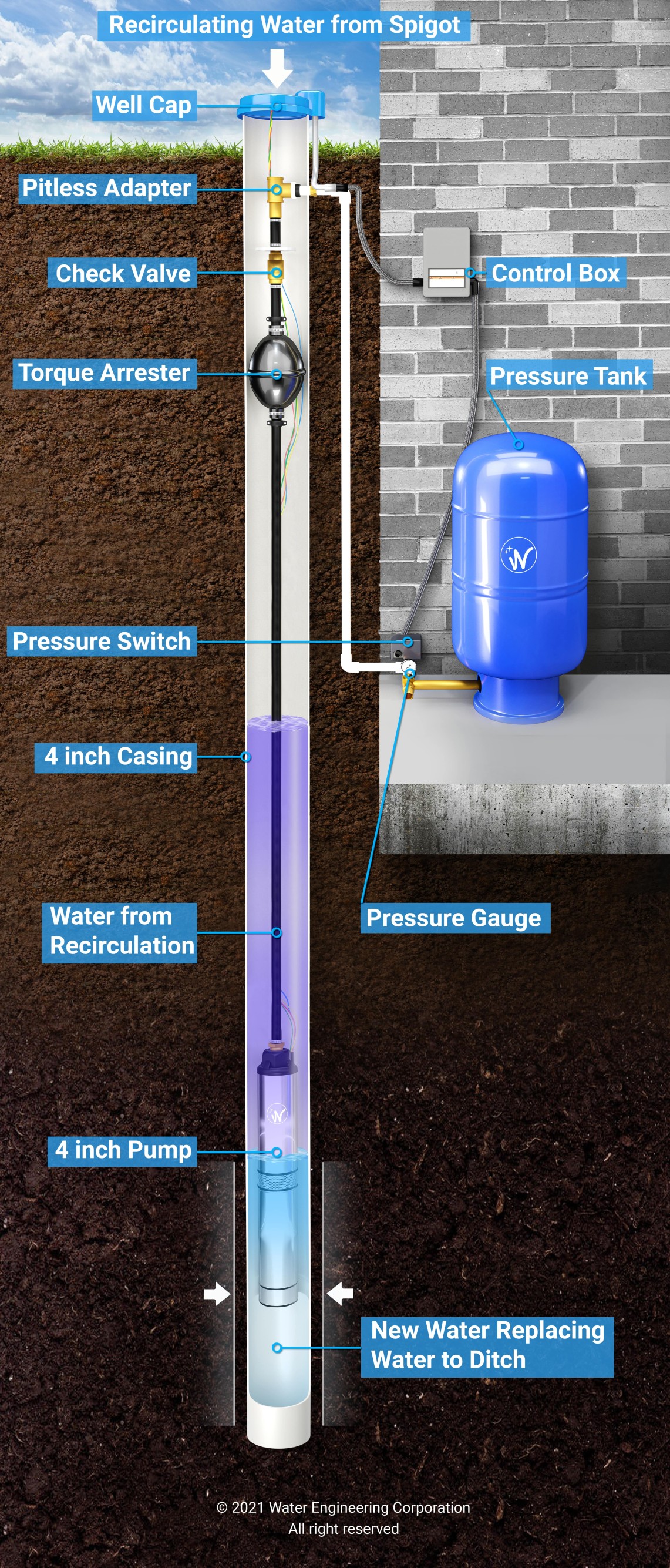
In some cases, another spigot and hose will be required to reach the proper water volume. Extra bleach and vinegar should be added as the water volume is increased. A clean container like a rain barrel is used to collect the water that is recirculated through the well. A pump can be helpful in place of a siphon to reduce air leaking into the connection. When using a pump, remember to position it over a funnel to feed water directly into the casing.
To judge how much bleach to use, it’s important to remember that bleach decomposes as it interacts with organic compounds in the water. It’s preferable to use chlorine test paper that can test up to 200 ppm, such as Hydrion Cm-240. You will not be able to find highly sensitive test paper at a pool store, but you can probably find some from a restaurant supply distributor. The test strips will be useful to determine how well the chlorine is cleaning the well. You will want to be careful about how much chlorine goes into your septic system. You can prevent too much treated water getting in by using a utility pump to drain some of the water outside.
A good, safe acid for the purpose of flushing your well is vinegar. Your well analysis will include a pH level and an alkalinity number. One is an acid, like vinegar, and one is a base, like bleach. Calcium Carbonate and Magnesium Carbonate also form a weak base and neutralize quite a bit of acid, so it will be important to monitor your pH with a meter. Ideally, the pH of the sanitizing water should be lower than 5.5.
Helpful Tips:
- Do not mix bleach and vinegar prior to flushing the well. The chlorine treated water water should be circulated once before adding vinegar.
- Measure chlorine residual and pH outside of the well. This allows for the chemicals to travel through the well, breaking down any contaminants, and you will easily know when you need to add more bleach and vinegar.
- It is far less expensive to do this job yourself since most of the time is spent waiting for the well to flush.
- To clear out the chlorine, it is important for the water in Area A, as shown on the image above, to circulate. If you simply use a hose spigot and a hose to drain water to the ditch, that water will come from the aquifer and through the pump. The water needs to flow from the top of the casing. A hose splitter and more hoses may be required to properly do the job.
- The pH meter should be recalibrated before each use. A pocket meter can be used and is very inexpensive. A good meter and buffer solution are likely cheaper than high sensitivity test strips, and makes it easier to get an accurate reading.
- This post is written for deep water wells that operate through submersible pumps.




